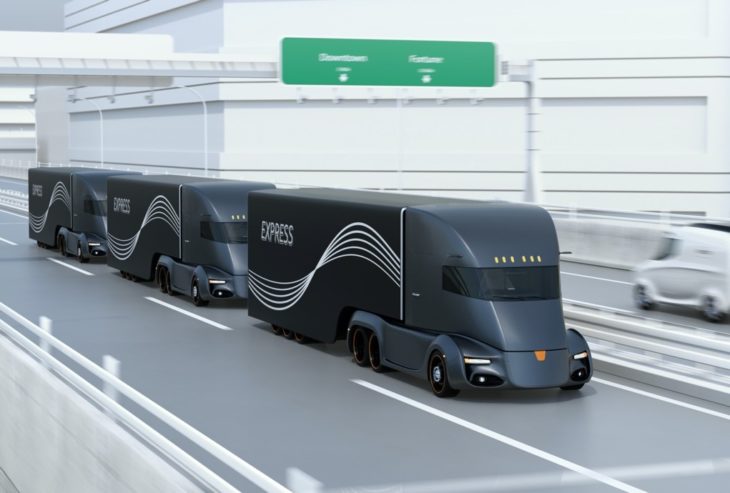By Sidhart Krishnamurthi, Product Management @ Recogni
Autonomous vehicles (AV) are poised to optimize various different industries. With humans no longer acting as drivers, companies that rely on transportation are able to cut costs and maximize profit margins. Let us delve into how AVs can aid the supply chain industry – a segment that is critical for economic success.
According to Freight Waves, the logistics sector accounts for up to 10% of the United States GDP. The estimated global size of this segment is between 8 and 12 trillion dollars. These numbers show that the supply chain industry is vital for an economy to progress.
However, transportation inefficiency in this segment stifles logistics companies’ profits, and subsequent national economic growth, significantly. Specifically, long haulage delivery must be optimized. Today, there exists a lack of truck drivers, a shortage that is projected to double in the next 10 years. On a granular level, the annual cost to operate a typical commercial truck is almost $200,000, the majority of which is made up by fuel expenses. All this prevents supply chain firms from maximizing their revenue – these issues must be addressed.
The shortage of truckers stems from the supply side in the labor market. Qualified workers are leaving the industry as other sectors offer better pay and benefits in addition to a less grueling lifestyle. As a result, this leads firms to miss out on significant revenue. In addition, humans commonly make imperfect maneuvers on the road, causing an excess of fuel consumption and a subsequent burden on operating costs.
Fortunately, AVs provide a solution to these issues. Without the need for a human driver, the labor shortage in the industry is mitigated and companies can capitalize on missed profit opportunities. In addition, because AVs are programmed drive rationally and logically, autonomous trucks can reduce fuel consumption by 10%, cutting operating costs significantly.
Currently, these benefits have not yet been realized. Vehicles on the road are equipped with partially autonomous capabilities – a driver’s presence is still required. These incumbent self-driving systems are based on legacy technology and are not purpose-built to quickly and accurately process the complex information in the vehicle’s surroundings. As a result, transportation in the logistics industry is still inefficient, and the economy suffers as a result.
When you drive, you use billions of neurons to interpret your surrounding environment. To mimic this, an AV must be equipped with extreme efficiency: a minimum of 75 Tera-Operations-Per-Second (TOPS) of compute for every watt of power consumption. This unsolved optimization conundrum is known as the visual perception problem.
As stated previously, solutions today can only enable partial autonomy. Legacy technology, such as the GPU, cannot generate the compute necessary to allow AVs to drive on their own. To allow the 3PL logistics industry to reach its full potential, a novel solution must be developed specifically to solve the visual perception problem in order to facilitate self-driving without human intervention.
A company developing such a solution must leverage key innovations in math, ASIC architecture, and AI to produce unmatched compute to solve the visual perception problem. Through being innovative and purpose-built, this platform will enable fully autonomous vehicles, and allow for the logistics industry to overcome its transportation inefficiencies and maximize overall economic growth.
To learn more about Recogni Inc, check out www.recogni.com









